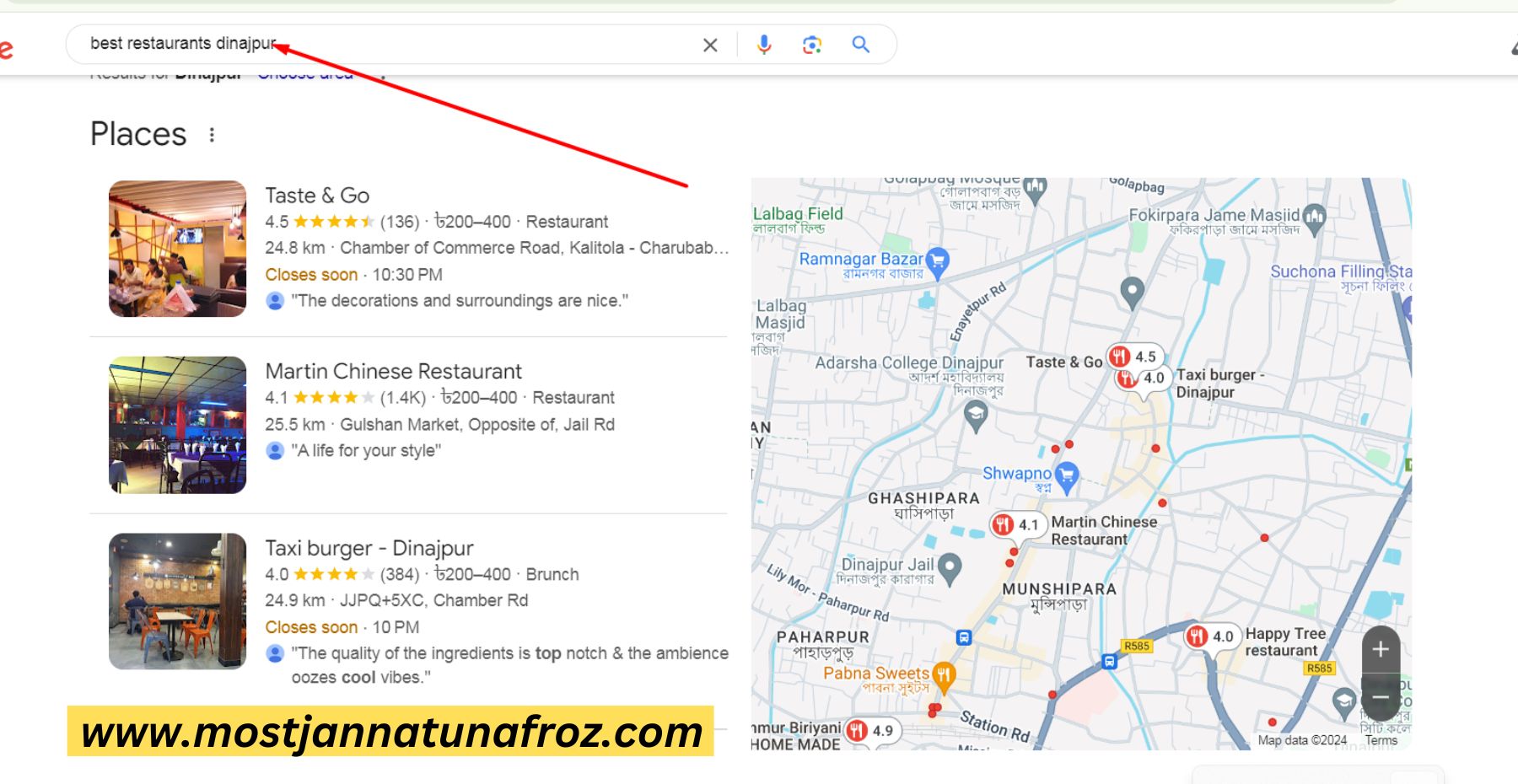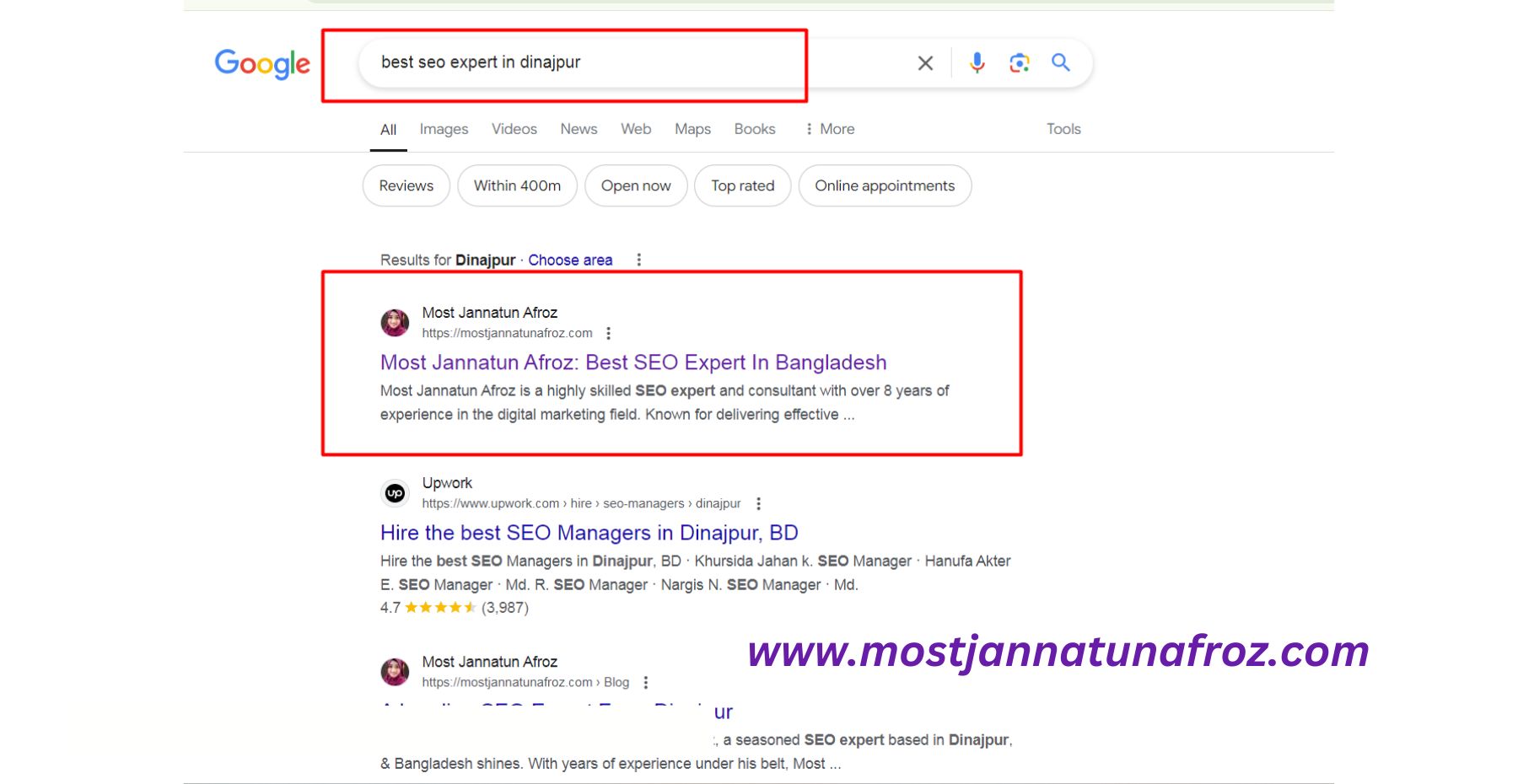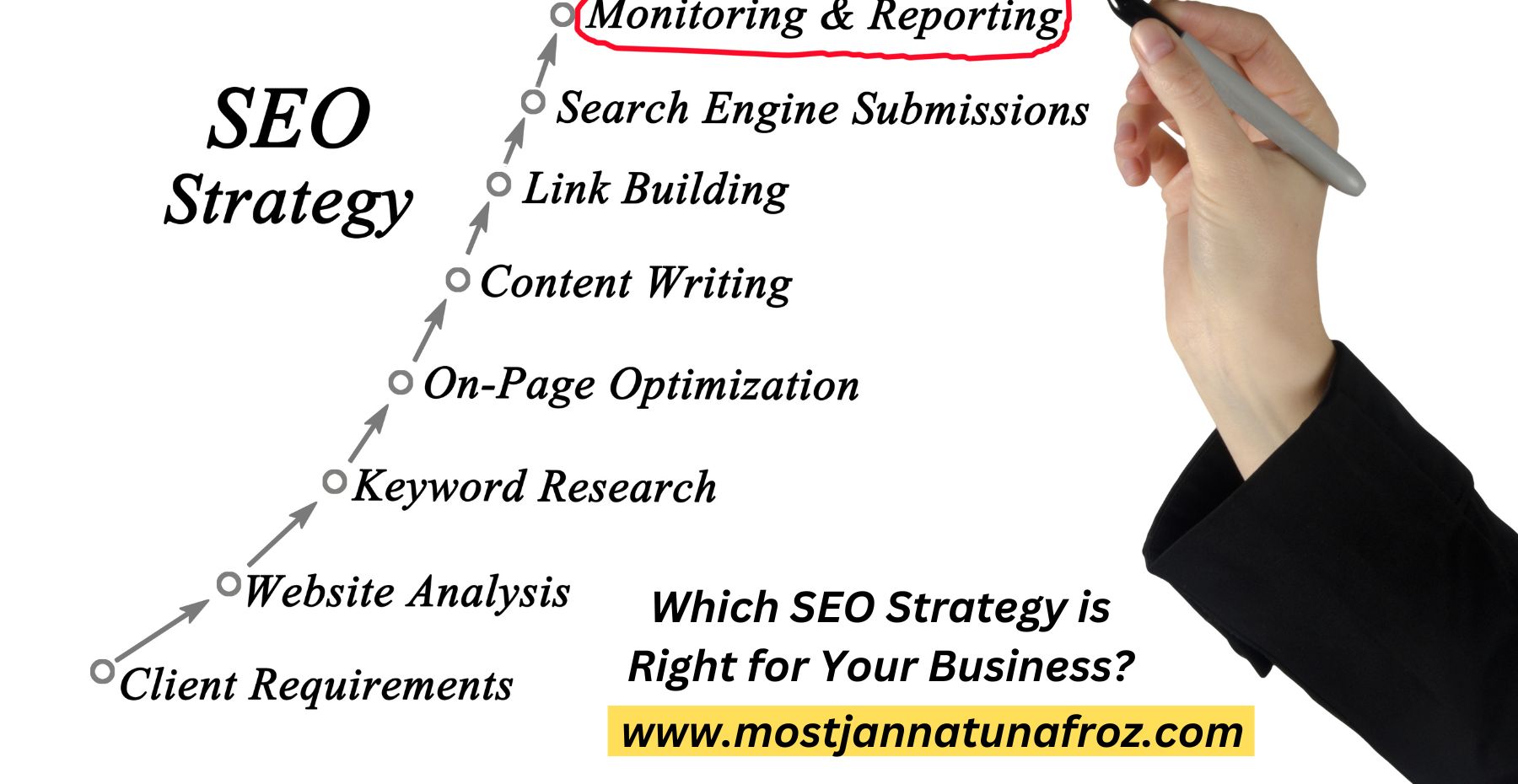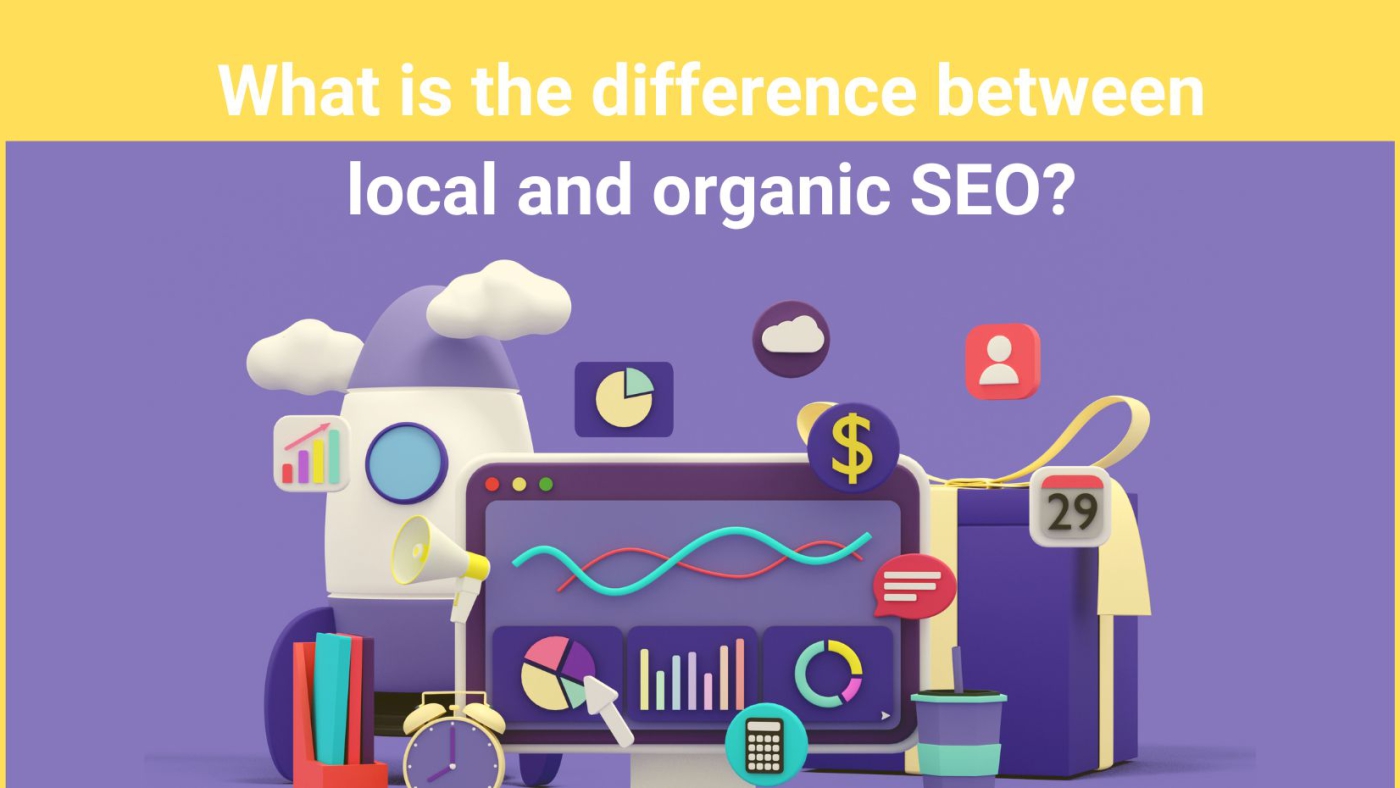In today’s digital age, businesses rely heavily on Search Engine Optimization (SEO) to boost their online presence and reach their target audience effectively. SEO is a powerful marketing strategy that enhances website visibility, attracts potential customers, and improves conversion rates. However, there are different types of SEO, each tailored to specific business needs and goals. Two of the most common approaches are Local SEO and Organic SEO. While they share similarities, they have distinct purposes, strategies, and outcomes.
In this blog, we’ll explore about local seo vs organic seo, how each works, their benefits, and which one is best for your business.
What is Local SEO?

Local SEO is optimizing a business’s online presence to attract more customers from relevant local search access. It is designed to promote physical businesses with brick-and-mortar locations or serve customers in specific geographical areas. Local SEO helps businesses appear in search results when users search for services or products within their locality, such as “carpet cleaning service near me” or “best Italian restaurant in Miami.”
Local SEO focuses on improving visibility in local search engine results, which include the “local pack” (a set of local business listings that appear above the organic search results) and Google Maps. The aim is to increase foot traffic, phone calls, and customer visits from people searching for services or products nearby.
Key Elements of Local SEO:
Google Business Profile (GBP): This is a critical component for any local business. GBP listings help businesses appear in Google Maps and local search results when users look for services nearby.
Local Citations: Consistency in your business’s name, address, and phone number (NAP) across different online directories, such as Yelp, Yellow Pages, and other local business platforms, is essential for improving local visibility.
Localized Content: Creating content that targets local customers, such as city-specific landing pages, local blogs, and localized service offerings, helps in ranking for location-based keywords.
Customer Reviews: Encouraging positive reviews and managing customer feedback on platforms like Google, Yelp, and Facebook significantly improve local SEO performance and build a strong reputation.
What is Organic SEO?

Organic seo strategy means natural seo, on the other hand, focuses on optimizing a website’s visibility for non-location-specific searches. It aims to improve rankings in the organic search results for keywords related to a business’s products, services, or content. Organic SEO targets a broader audience without geographical limitations, making it ideal for businesses that operate nationally or globally, such as e-commerce sites, blogs, or online service providers.
Organic SEO involves a range of strategies to improve rankings for specific keywords and to drive organic traffic to a website (i.e., without paid ads). These strategies include keyword optimization, high-quality content creation, link building, and technical SEO.
Key Elements of Organic SEO:
Keyword Research and Optimization: Identifying the most relevant keywords for your business and optimizing your website’s pages and content to rank for these keywords is crucial for organic visibility.
Content Marketing: Regularly creating valuable, informative, and engaging content (e.g., blogs, articles, infographics, videos) helps drive traffic and keep your audience engaged.
Backlink Building: Acquiring high-quality backlinks from other reputable websites enhances your website’s authority, helping it rank higher in search results.
Technical SEO: Ensuring your site is fast, mobile-friendly, and has a clean structure helps improve user experience and boosts search engine rankings.
Key Differences Between Local and Organic SEO
While Local SEO and Organic SEO share the common goal of improving search engine rankings and increasing visibility, they differ in several significant ways:
1. Focus and Audience
Local SEO: Targets local customers searching for services or products in a specific geographic area. It is ideal for businesses that operate in a physical location or serve customers in a defined region, such as restaurants, spas, retail shops, auto repair services, or dental clinics.
Organic SEO: Targets a broader audience, regardless of their location. It is suitable for businesses that offer products or services on a national or global scale, such as e-commerce websites, bloggers, digital service providers, and other online businesses that do not rely on a physical location.
2. Search Intent
Local SEO: The search intent is location-based, often including terms like “near me” or specifying a city/region. For instance, someone searching for the “best carpet cleaning service in Fayetteville, AR” is likely looking for a local business they can visit or call for services.
Organic SEO: The search intent is broader and may include informational, transactional, or navigational queries. Examples include “How to Clean a Carpet,” “Best CRM for Small Businesses,” or “Online Marketing Strategies.” The user may not seek a local business but information or products/services that can be accessed online.
3. Ranking Factors
Local SEO Ranking Factors:
Proximity: How close the business is to the searcher’s location.
Relevance: How relevant the business is to the search query.
Prominence: Online businesses, NAP consistency, and local citations influence the business’s reputation and visibility.
Google Business Profile Optimization: The completeness and accuracy of the business play a huge role in its local ranking.
Organic SEO Ranking Factors:
Keyword Relevance and Optimization: Using the right keywords in content, meta descriptions, and headings to align with the searcher’s Content Quality: High-quality, informative content that meets the user’s needs and provides value.
Backlinks: The number and quality of backlinks from reputable sites pointing to your website.
Technical SEO: Factors like page speed, mobile-friendliness, secure connections (HTTPS), and clean URL structures.
4. Results and time frame
Local SEO typically shows results faster because it focuses on a smaller, more targeted area. Optimizing a Google Business Profile and gaining positive reviews can quickly improve a business’s local search results.
Organic SEO takes longer to show results as it involves ranking for more competitive, non-location-specific keywords. It requires consistent effort in content creation, keyword optimization, and backlink building, but the results are long-lasting and scalable.
Benefits of Local SEO
Increased Local Visibility: This helps businesses appear in local packs and map results, increasing their visibility for users searching for services nearby.
Higher Foot Traffic and Conversions: By optimizing for location-based searches, businesses can attract customers who are more likely to visit their physical location or contact them directly.
Improved Customer Trust and Engagement: Encouraging and managing customer reviews enhances a business’s online reputation, helping build trust with local customers.
Benefits of Organic SEO
Wider Reach and Scalability: Organic SEO allows businesses to reach a broad audience across regions or countries, making it ideal for businesses looking to scale their operations online.
Long-Term Growth: Once a website ranks for targeted keywords, it can attract traffic organically, leading to sustainable and long-term growth.
Establishes Authority and Credibility: By creating high-quality content and gaining backlinks, businesses can position themselves as experts in their field, enhancing brand authority and credibility.
Which SEO Strategy is Right for Your Business?

Determining the right SEO strategy depends on your business type, goals, and target audience:
Local SEO is Best for:
- Businesses with a physical location like restaurants, retail stores, spas, gyms, and dental offices.
- Service-based businesses that cater to a specific area, such as plumbing services, real estate agencies, and legal firms.
– Businesses looking to drive foot traffic, local phone calls, or increase visibility within their community.
Organic SEO is Best for:
- Online businesses that operate nationally or globally, such as e-commerce sites and digital service providers.
- Bloggers, content creators, or brands looking to establish expertise and attract a wide audience.
- Companies aiming for long-term traffic growth and online visibility beyond a specific location.
“Utilize Local and Organic SEO for Optimal Impact”
For businesses that have both physical locations and online offerings, combining local and organic SEO strategies can be highly effective. For example, a local offering body contouring services may use local SEO to attract clients from nearby areas and organic SEO to publish informative blog posts on skincare, reaching a wider audience interested in related topics.
Conclusion
Local and Organic SEO are powerful strategies designed to meet different business needs. Local SEO is best for businesses targeting specific geographical areas, helping them connect with local customers and drive foot traffic. Organic SEO, on the other hand, is ideal for businesses aiming for broader, long-term visibility and growth beyond a specific location.
Understanding these differences allows you to make informed decisions about your SEO strategy, ensuring you invest your time and resources in the approach that best suits your business goals. By integrating the strengths of both local and organic SEO Strategy, you can maximize your online presence, reach the right audience, and achieve sustainable business growth.
Whether you run a local coffee shop or an online ecommerce store, the right SEO strategy can help your business thrive.


Add a Comment